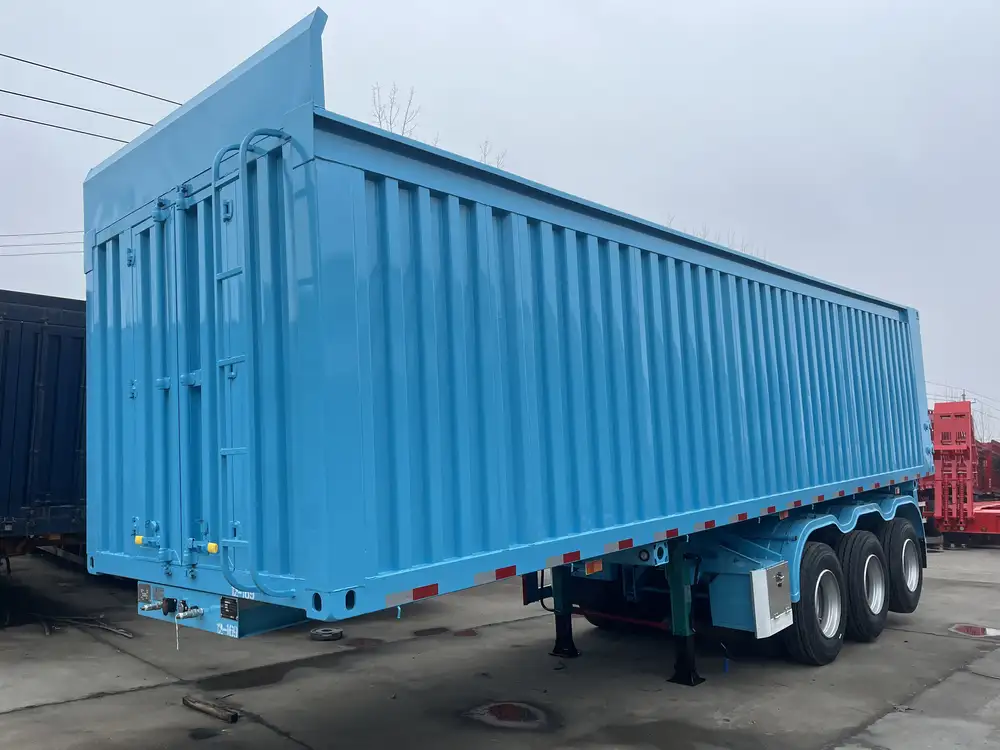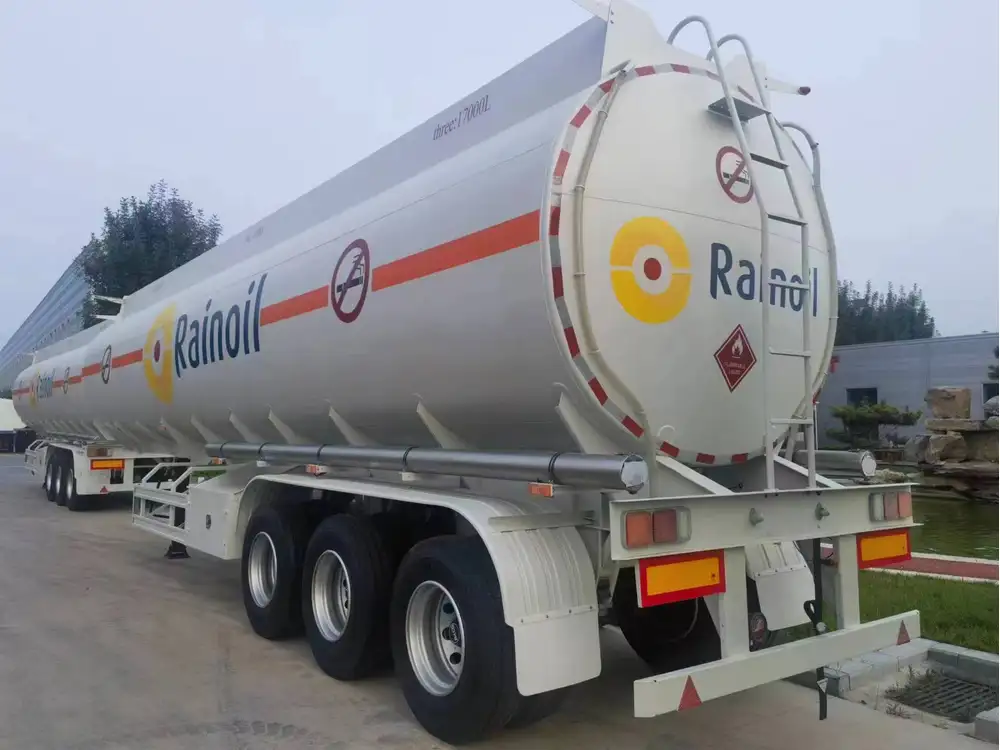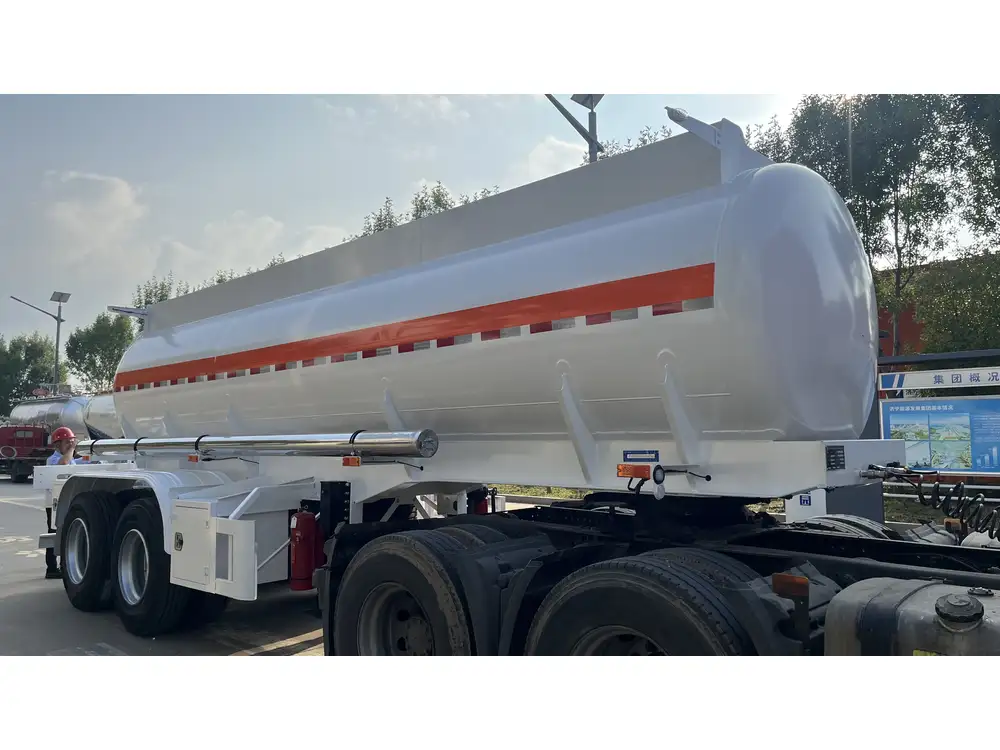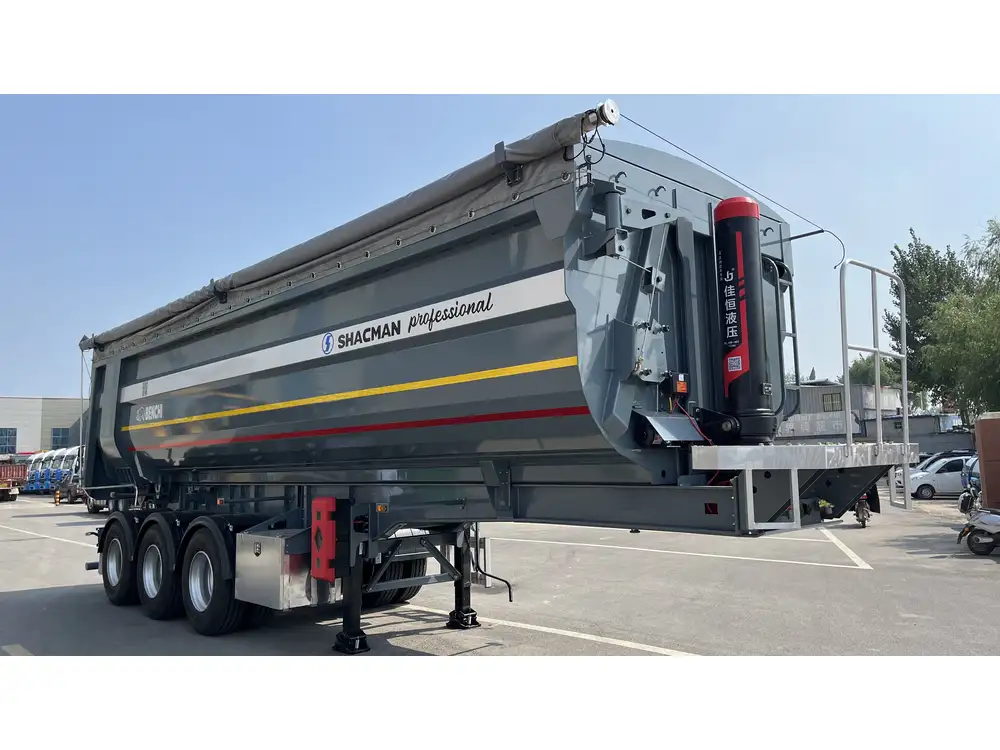Enclosing a flatbed trailer can significantly enhance its usability by protecting cargo from the elements and increasing security. Whether for commercial deliveries, transportation of equipment, or personal use, a well-enclosed flatbed trailer serves multiple purposes. Below, we delve deep into the methods, materials, and considerations necessary for enclosing a flatbed trailer efficiently.
Understanding the Need for Trailer Enclosure
Enclosing a flatbed trailer provides several key benefits:
- Protection from Weather Elements: Rain, snow, and UV rays can damage cargo. An enclosure safeguards goods against these factors.
- Enhanced Security: An enclosed trailer is more secure, making it harder for thieves to access valuable cargo.
- Increased Versatility: With an enclosure, one can transport diverse items, including those that require protection from harsh conditions.
- Improved Aesthetics: A well-constructed enclosure can present a more professional appearance.
Types of Enclosures for Flatbed Trailers
When deciding how to enclose a flatbed trailer, understanding the various options available is essential. Here are the most common types:

1. Soft Side Enclosures
Soft side enclosures are made from durable, weather-resistant fabrics that can be easily removed or repositioned. They typically consist of:
- Material Options: Vinyl, canvas, or tarp-like materials.
- Attachment Methods: Velcro straps, zippers, or snaps along the trailer’s edges.
- Pros and Cons: While they are lightweight and flexible, soft side enclosures may not offer as much security as hard-sided options.
2. Hard Side Enclosures
Hard side enclosures provide robust, solid protection. They may be constructed from various materials, including:
- Aluminum: Lightweight and corrosion-resistant.
- Steel: Offers maximum durability but can be heavier and more expensive.
- Composite Materials: Lightweight and resistant to environmental wear.
Pros: Enhanced security, better insulation, and greater resistance to weather damage compared to soft-side enclosures.
Cons: More expensive and time-consuming to install.
3. Hybrid Enclosures
Hybrid enclosures combine both soft and hard materials, providing flexibility and a balance of advantages from both options. They can include:
- Hard Front: A solid front for security.
- Soft Sides: Velcro or zippered soft materials for easier access.
This option allows for easier access to the trailer’s interior while maintaining security at the front.

Step-by-Step Guide to Enclosing a Flatbed Trailer
Once you’ve decided on the type of enclosure that suits your needs, follow this structured approach to get started.
Materials Needed
- For Soft Side Enclosure: Heavy-duty tarp, grommets, tarping kits (straps, buckles).
- For Hard Side Enclosure: Pre-fabricated panels, screws, brackets, and sealant.
- Tools Required: Drill, measuring tape, saw (if cutting panels), and a level.
1. Measure the Trailer Dimensions
Before gathering materials, accurate measurement of your flatbed trailer is necessary.
Table of Measurements:
| Measurement | Description |
|---|---|
| Length | Measure the length from front to back of the trailer. |
| Width | Measure the width from side to side. |
| Height | Note the desired height of the enclosure. |

2. Choose the Design Layout
Deciding on how you want your enclosure to function is crucial:
- Fully Enclosed vs. Partial Enclosure: Consider if you need complete coverage or just specific sections.
- Access Points: Plan where to place doors or flaps. Common access points include the back or side of the trailer.
3. For Soft Side Enclosures: Installation Steps
a. Prepare the Tarp Material
- Ensure the tarp is large enough to cover the specified areas with allowances for grommets and fittings.

b. Attach Grommets
- At each corner and on the edges typically at 24-inch intervals, install grommets for secure fastening to the trailer.
c. Secure with Straps
- Using heavy-duty straps, attach the tarp to the trailer via the grommets, ensuring a taut fit.
4. For Hard Side Enclosures: Installation Steps

a. Assemble the Panels
- Cut and prepare your chosen siding materials based on the measurements taken earlier. If pre-fabricated, simply align them according to your design layout.
b. Attach Using Screws and Brackets
- Secure the panels to the trailer frame using screws and metal brackets, ensuring everything is square by using a level.
c. Seal Joints and Edges
- Apply sealant at joints and along the edges to prevent water ingress and enhance durability.

5. Finishing Touches
- Inspect for Gaps: Ensure there are no gaps for moisture exposure.
- Test Stability: Move the trailer gently to check that the enclosure remains securely in place.
- Check Access Points: Ensure doors or flaps are functional and adequately sealed when closed.
Additional Considerations
Local Regulations and Compliance
Before beginning any modification, check local regulations regarding trailer modifications. Compliance with transportation laws and safety standards is vital.

Weight Distribution
Adding an enclosure can affect the trailer’s weight. It’s essential to distribute weight correctly for safe navigation on the road. Use calculation methods to ensure balanced load distribution.
Insurance and Liability
- Notify Your Insurer: Inform your insurance provider of modifications to ensure coverage remains valid.
- Documentation: Keep records of modifications, as this may be necessary for claims.
Long-Term Maintenance Strategies
To prolong the life of your enclosed flatbed trailer, implement a regular maintenance schedule:
- Clean Regularly: Remove debris and grime to prevent wear.
- Inspect Seals and Grommets: Periodically check for deterioration.
- Repair Damage Promptly: Address any cracks or tears immediately to maintain the enclosure’s effectiveness.

Conclusion
Enclosing a flatbed trailer is an investment that enhances its functionality and secures your cargo. By following the comprehensive steps outlined above and considering the various materials and designs available, you can achieve a well-enclosed trailer that meets your needs effectively. Whether you opt for a soft side or hard side enclosure, each comes with unique advantages tailored to different requirements. With diligent planning and execution, your flatbed trailer will be more versatile and protected, contributing to seamless transportation experiences.
Clarity in purpose, quality materials, and thorough installation practices will ensure that you achieve a high-quality enclosure that stands the test of time and usage. Don’t hesitate to embark on this modification journey and unlock the full potential of your flatbed trailer today!



